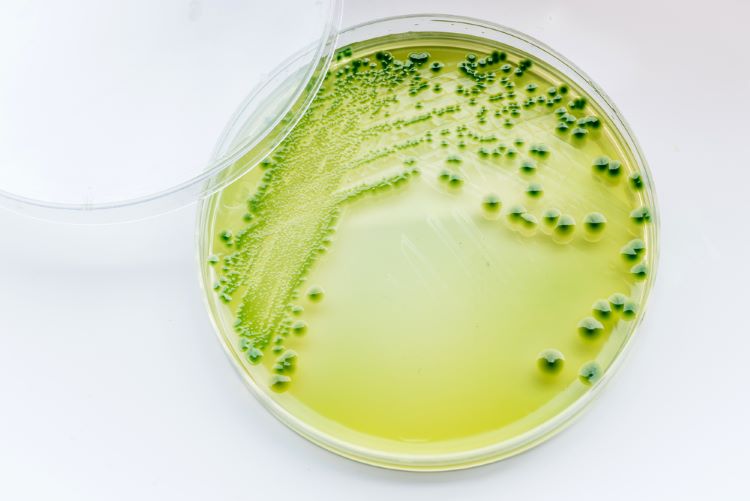Will new therapeutic agent replace antibodies for bacterial detection?
Posted: 23 January 2024 | Catherine Eckford (European Pharmaceutical Review) | No comments yet
Aptamers offer a “cutting-edge approach” for identifying gram-negative bacterial pathogens, a paper suggests.


As a tool for detecting and identifying bacteria, aptamers are a promising new class of synthetic nucleic acid molecules that can be used to detect and treat of pathogenic bacteria.
With the ability to be developed against a whole bacterium, a microbial toxin, or some proteins, for some bacteria, “aptamers against pathogens can not only supplement the deficiency of antibodies but can also enrich the aptamer database to develop efficient analytical regents”, according to a paper published in the International Journal of Molecular Sciences.
As such, in past few years, the researchers confirmed there has been an increase in the number of experiments describing the identification of pathogenic bacteria using aptamers.
Key benefits of aptamers reported in the paper include their high stability and rapid production (synthesis or modification). Additionally, in relation to transportation and maintenance, there is no cold chain requirement.
One of their main advantages is that they are an attractive alternative over traditional detection methods, such as culture-based methods and biochemical tests, Córdova-Espinoza et al. explained.
While these approaches are efficient and highly standardised, they are unable to detect viable but nonculturable cells and their processes are time-consuming, the paper emphasised.
For instance, monoclonal antibody production is costly, time-intensive and is subject to batch-to-batch variations. There is also the issue of inaccurate detection with antibodies when there are low quantities of microorganisms, the paper noted.
Conversely, the paper suggested that experiments using aptamers to detect pathogens can improve and even replace these tests.
Therapeutics and clinical applications of aptamers
In summary, aptamers can be utilised as a therapeutic tool, in analytical chemistry applications, for the development of new drugs, and as aptasensors, which are biosensors based on aptamers as recognition elements, according to the authors.
The paper highlighted that aptamers can be “directed towards any target molecule, they can reduce or inhibit the effects of bacterial toxins, inhibit pathogen invasion to immune cells, and they can also be used in drug delivery systems.”
Although implementing aptamer sensors or probes is a labour-intensive process, aptamer-based detection provides a novel sensitive approach for the detection of some bacterium, like the Vibrio species, the authors stated.
Gram-negative bacterial pathogen identification: aptamer-based analytical tools
A promising alternative to antibodies
it is expected that in the future, when [Aptamers] replace the use of antibodies, they can be routinely used in the diagnoses and treatment of different pathologies caused by microorganisms”
“[Aptamers have] great potential… so it is expected that in the future, when they replace the use of antibodies, they can be routinely used in the diagnoses and treatment of different pathologies caused by microorganisms,” the authors wrote.
Córdova-Espinoza et al. explained: “we expect that the aptamer-based analytical tools will become more accessible compared to antibodies in disease diagnosis.”









